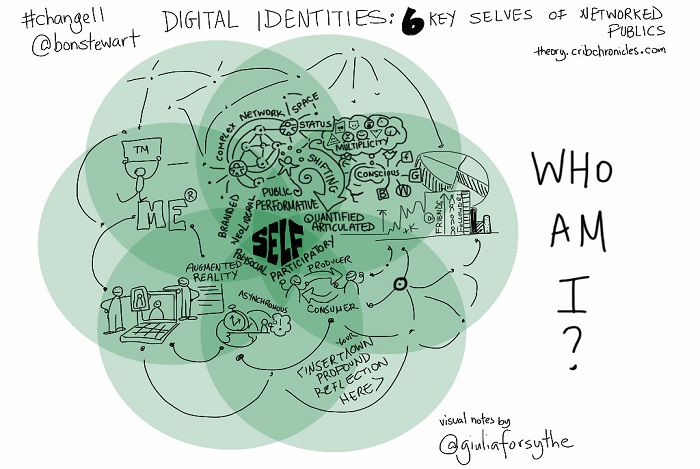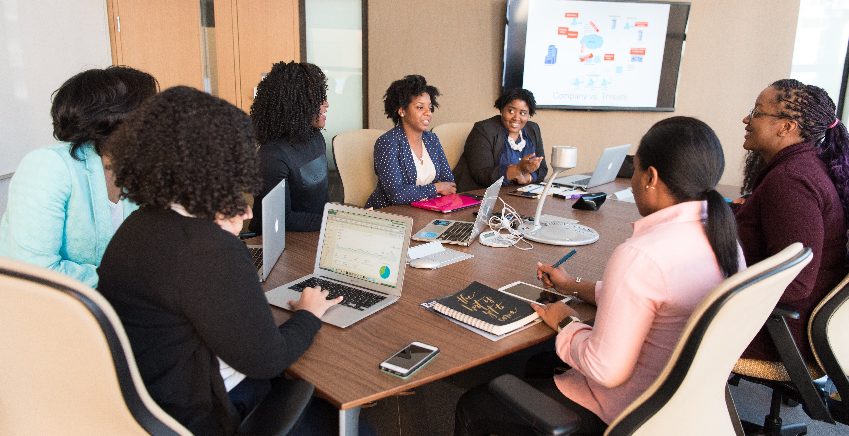Corporate managers want to deliver training to employees.
Many studies[1] have identified that most failures of traditional corporate training are associated to its low impact in the company’s bottom line innovation process and business results, since the new knowledge is not connected to the work and the needs and, thus, it is not used by workers. This is because traditional training departments are acting under the so called “push” models, in which contents are design and imposed under criteria which usually lack flexibility and do not rest on the real and current needs of the learner, and that do not evolve fast enough to adapt to the speed of changes[2].
By his part, from its birth in the late 1990s, e-Learning has been considered as more effective and less expensive than traditional classroom instruction. However, as many studies point out some firms that have spent large amounts of money on new e-learning efforts have not received the desired economic advantages[3]. The investment they were saving on salaries and travel costs of instructors were finally expended on employees PCs so use at home, or in libraries and learning materials. Finally, workers did not feel engaged and motivated with these courses and training departments lost their reputations. Then, some companies supplemented eLearning with face to face meetings and other forms of support and called it “blended learning”.
Nowadays, traditional corporate training, as well as the most recent e-Learning or blended learning formats are taking steps towards corporate learning. Training assumes the trainer is in control; learning puts the learner at the helm. The distinction is vital because workers, and especially entrepreneurs in global business, have an increasing amount of autonomy in what they learn and how they learn it. In opposition to the “push” models where training is imposed, newest trends of corporate learning bet on “pull” models, in which learning is chosen. There, learning at work is a continuous process and sources are increasing far beyond the traditional classroom setting. It means that we can learn also informally, from experience, by trying things out, mimicking what works for colleagues, asking questions, making mistakes, and conversing with friends. New trends also name it a culture of learning, as an environment that inspires and supports employees to pursue learning through diverse formats, and that includes a wide range of tools (such as social media) and technologies (like mobile devices), but also, it refers to the need for a self-designed or decided path of learning from the own employee[4].
By the other hand, “Industrial-age hierarchies are evolving into collaborative networks Corporate learning must follow suit” (Cross, 2013). Collaborative organizations are defined by four collaborative features: culture, motivation, infrastructure and learning. Spin Offs correspond (or should correspond) with that definition of collaborative organizations, since they usually are “small” but highly networked, and the staffs are linked by trust relations, leaded by a common knowledge and vocation and, thus, with a high corporate involvement.
[1] “Corporate learning redefined”, published by the Deloitte University Press in March 2014
[2] Why Corporate Training is Broken And How to Fix It” (Jay Cross, Internet Time Lab of Berkeley). 2013
[3] “An Assessment of the Effectiveness of e-learning in Corporate Training Programs” Judith B. Strother, Florida Institute of Technology. 2002.
[4] “Developing the best. A Corporate Learning Strategy for the British Columbia Public Service”







